Mount Everest is a mountain that needs no introduction. As the world's tallest peak, rising to a towering height of 8848 meters (29,029 feet), it has captured the imagination of adventurers, mountaineers, and explorers for generations. Located in the Mahalangur Sub-range of the Himalayas, on the border between Nepal and Tibet, Mount Everest has a reputation as a formidable climbing challenge and a symbol of human achievement. But beyond its reputation as a climbing destination, many fascinating and lesser-known facts about Mount Everest make it a truly unique natural wonder.
Did you know that the summit of Mount Everest is not actually a rock formation, but rather a marine limestone deposit that was once at the bottom of an ancient ocean? Or that the mountain’s name is not actually “Mount Everest”, but was instead given by British surveyors in honor of Sir George Everest, the surveyor General of India? These are just a few of the many exciting and unexpected facts about Mount Everest that we will explore in this article.
One of the most dangerous parts of the climb up Mount Everest is the Khumbu Icefall, a treacherous section of the climb that is littered with crevasses and prone to avalanches. Despite its dangers, climbers must navigate the Khumbu icefall to reach the summit of the mountain. But it’s not just climbers who are drawn to the mountain. The Sherpas, the ethnic people native to the Himalayas, are an integral part of the Everest climbing experience. These skilled mountaineers are often hired as guides and porters by climbers, and they play a crucial role in ensuring the safety and success of expeditions up the mountain.
There are also many fascinating stories and legends that surround mount Everest, such as the Yeti, a mythical creature said to inhibit the Himalayan region. While the existence of the Yeti has never been proven, it continues to capture the imagination of people around the world and has even inspired literature and scientific research into the possibility of undiscovered species in the area.
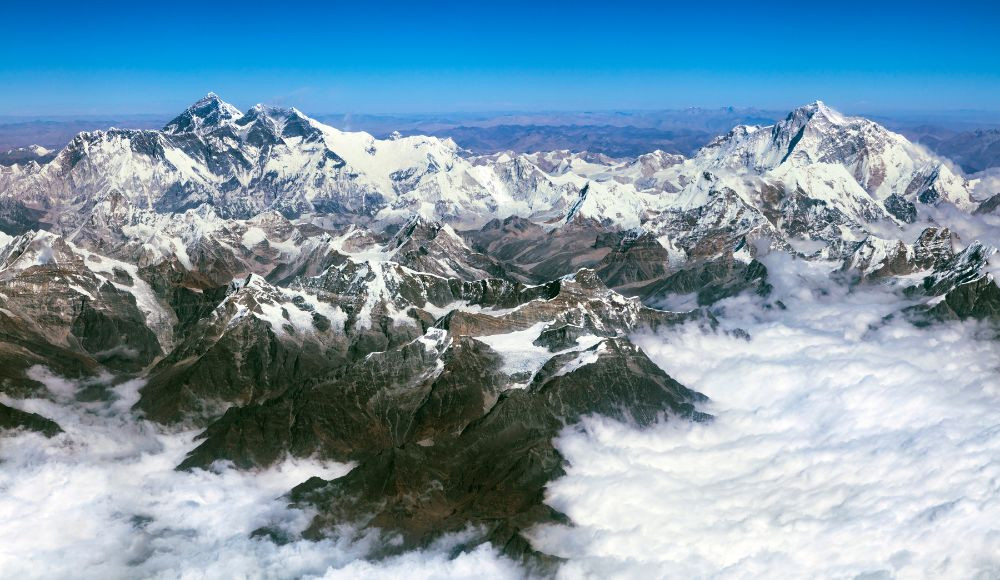
But beyond the myths and legends, Mount Everest is also home to a unique ecosystem that is currently under threat from human activity. In recent years, the mountain has become increasingly polluted with not only discarded equipment, trash, and human waste but also whole human corpses that were deemed too dangerous or expensive to descend. Efforts are underway to address this issue, but the challenge of preserving the delicate ecosystem of Mount Everest remains a pressing concern.
In this article, we will delve deeper into the many fascinating and lesser-known aspects of Mount Everest. From the history of climbing expeditions to the geological and environmental factors that make the mountain unique, we will explore why Everest continues to capture our imagination and challenge our perceptions of what is possible. By the end of this article, you will have a newfound appreciation for this majestic mountain and the challenges and wonders it holds.
Mount Everest Basic Facts
|
Name |
|
|
Altitude |
8848 meters (29029 feet) |
|
Country |
Border between Nepal and China |
|
Location |
Mahalangur Sub-Range of the Himalayas |
|
Temperature |
|
|
First Climb to Summit |
May 29, 1953, Sir Edmund Hillary and Tenzing Norgey Sherpa |
|
Major Routes |
|
Now, let's dive into the lesser-known facts about Mount Everest right away.
Origin of its name
Mount Everest, the world's highest mountain, has a fascinating history behind its name. It was not originally called Mount Everest, and its current name was given to it by British surveyors. The mountain was named “Peak XV” by the British surveyors when they were mapping the region in the mid-1800s. It was only later, in 1865, that the mountain was officially named by the Royal Geographical Society. The society decided to name the mountain “Mount Everest” in honor of Sir George Everest, who was the Surveyor General of India at the time.
Interestingly, Sir George Everest himself was not in favor of the mountain being named after him. He believed that a local name would be more appropriate and that his name would be too difficult to pronounce. Nonetheless, the name “Mount Everest” stuck, and it has been used ever since to refer to the world’s highest peak. It is worth noting that the mountain has different names and meanings in different regions.
In Nepal, the mountain is known as Sagarmatha, which means “Forehead of the Sky”, while in Tibet, it is known as Chomolungma, meaning “Goddess Mother of the World”. While Mount Everest has gained global recognition under the name given by British surveyors, it is important to acknowledge and honor the local names and meanings attributed to the mountain by the indigenous people who have lived in the region for generations. By recognizing and respecting these local names, we can pay tribute to the culture of the area and cultivate a deeper appreciation for the natural wonder of Mount Everest.
The tallest mountain on earth, or is it?
Mount Everest is known as the tallest mountain in the world, measuring 29,029 feet (8,848 meters) above sea level. However, the height of a mountain can be measured in different ways besides its height above sea level, and this can lead to other mountains surpassing Everest in certain categories.
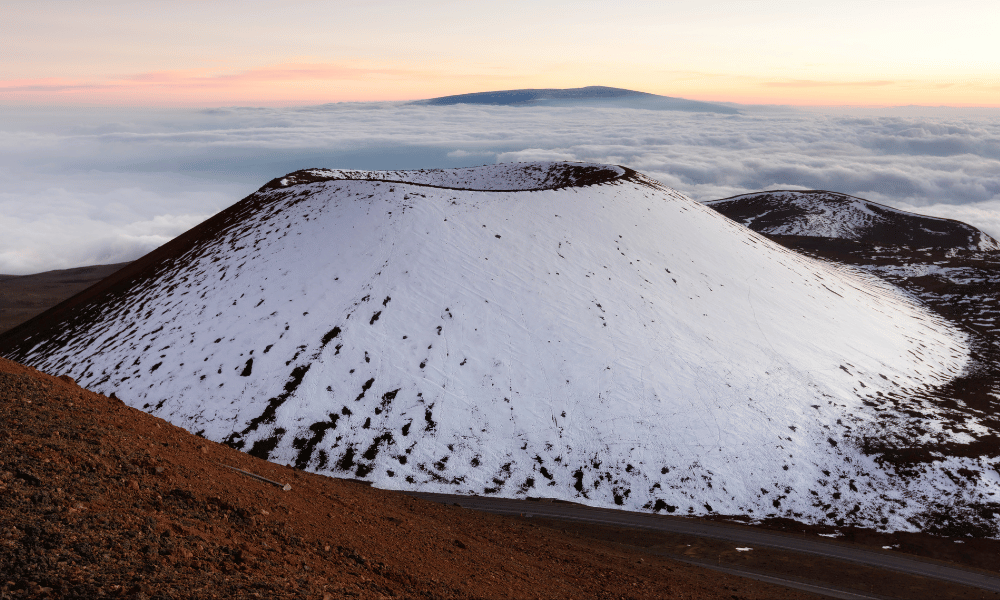
For example, Mount Mauna Kea in Hawaii has a height of 13,803 feet (4,207 meters) above sea level, making it much shorter than Everest. However, when measured from its base on the ocean floor to its peak, Mauna Kea stands at a height of staggering 33,500 feet (10,210 meters), making it the tallest mountain on Earth in terms of its total height.
Another mountain with a unique distinction is Mount Chimborazo, located in the Andes range of central Ecuador. While it measures only 6,263 meters (20,548 feet) above sea level, it is the farthest point from the Earth's center, making it the closest point to space. This is due to the fact that the Earth is not perfectly round, but instead slightly flattened at the poles and bulging at the equator. Since Chimborazo is located just one degree south of the equator, it benefits from this bulge and rises higher above the earth’s center than at any other point on the planet including the peak of Mount Everest.
While Everest remains the tallest mountain above sea level, mountains like Mauna Kea and Chimborazo demonstrate that there are other unique and interesting ways to measure the size and height of a mountain.
The Horrors of Mt. Everest
Mount Everest is notorious for its high level of difficulty and danger when it comes to climbing. The combination of harsh and unpredictable weather conditions, hazardous terrain, and extreme altitude has resulted in several accidents and fatalities over the years.
One of the most lethal Everest expeditions occurred in 1996 when eight climbers lost their lives due to a sudden storm that hit the mountain. Jon Krakauer chronicled the event in his book, "Into Thin Air." In 2014, an avalanche killed 16 Sherpa guides, making it the deadliest accident in the history of the mountain.
According to the Himalayan Database, as of 2021, there have been a total of 8,306 climbers who have attempted to summit Everest, and 303 of them have died, giving the mountain a fatality rate of around 3.6%. However, the fatality rate has fluctuated significantly over the years, with some years having no fatalities while others have seen multiple deaths.
Apart from fatalities, there have been several other mishaps and injuries on the mountain, including frostbite, altitude sickness, falls, and oxygen system failures. The high altitude and extreme cold make it even more challenging to carry out rescue operations in a timely fashion, making the situation even riskier for climbers.
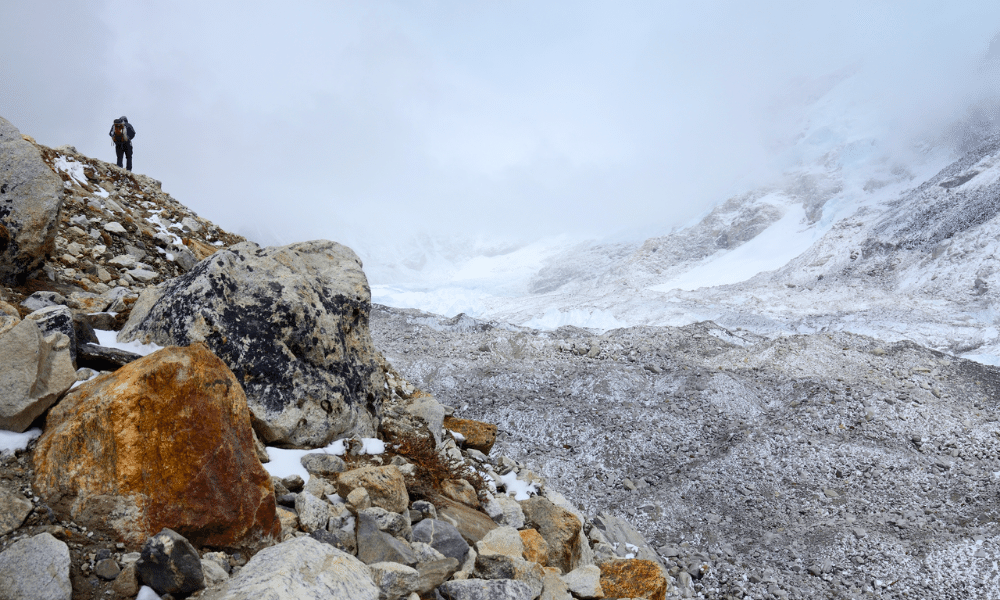
Despite the dangers and risks associated with climbing Mount Everest, thousands of climbers continue to attempt to summit the peak each year. Many are willing to pay tens of thousands of dollars for the opportunity to stand atop the world's highest peak. Critics argue that the high number of inexperienced climbers and the resultant pollution, overcrowding, and litter on the mountain are threatening its ecological sustainability. As such, there are increasing calls for more regulations and restrictions on climbing expeditions to Mount Everest.
The Rainbow Valley
Mount Everest’s Rainbow Valley is an eerily beautiful place. It lies beneath the northern crest of the mountain, gaining its name from the bright colors of the jackets worn by the climbers who lost their lives there. Rainbow Valley is a cemetery for those who perished while attempting to climb Everest.
The Valley has become a grim symbol of the dangers that come with climbing the world’s highest peak. It is the final resting place for more than 200 climbers, who lost their lives in the “Death Zone”, above 8000 meters. The climbers who perished in the Death Zone, aka the Rainbow Valley, are often left where they fell, as it’s too dangerous to retrieve their bodies.
As a result, the bodies remain on the mountain, frozen in time, wearing their brightly colored jackets, now serving as landmarks for new climbers. Sleeping Beauty of Mount Everest - Francys Arsentiev, Green Boots, Hannelore Schmatz, George Mallory, etc, are to name a few of those dreamers who lost their lives to the treacherous Everest. As heartbreaking as the Rainbow Valley is, the climbers who lost their lives did so pursuing their dreams, but their tragic end serves as a warning and guidance to all who seek to conquer Everest.
Khumbu Icefall
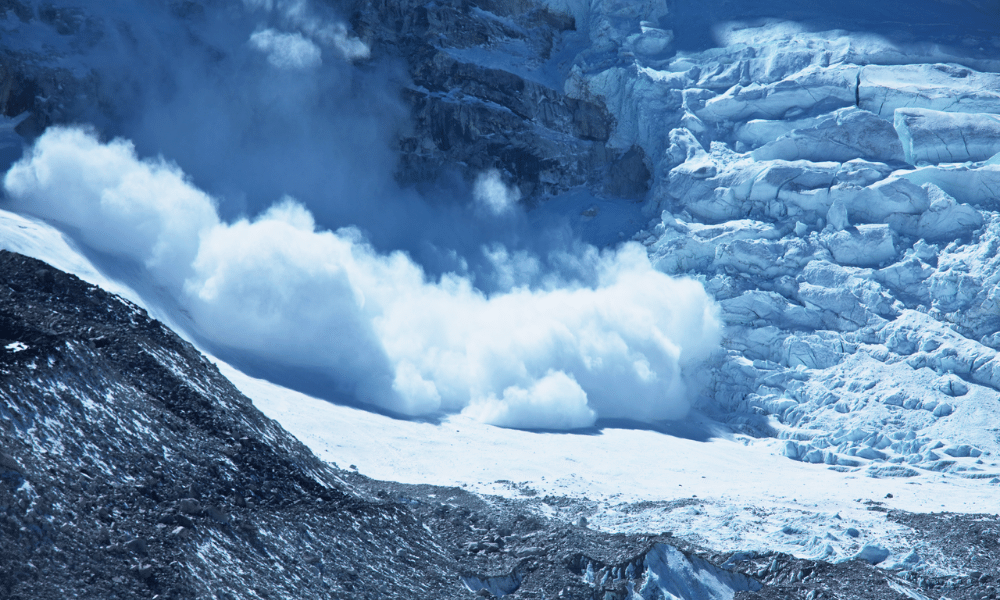
The Khumbu Icefall is one of the most treacherous and deadly sections of the Everest climbing route. It is a constantly changing mass of ice, with crevasses and seracs that can shift and collapse at any moment. The icefall is located between Base Camp (5,364m) and Camp 1 (6,065m) on the South Col route, which is the most popular route for climbers attempting to reach the summit of Everest.
Every year, hundreds of climbers attempt to traverse the Khumbu Icefall, and unfortunately, many have lost their lives in the process. In fact, between 1953 and 2021, at least 114 people died in the Khumbu Icefall. This number does not even include the countless climbers who have been injured or forced to abandon their climb due to hazardous conditions.
In recent years, measures have been taken to reduce the risk of accidents in the Khumbu Icefall. The most significant of these is the installation of a system of ropes and ladders to guide climbers through the most dangerous sections. Climbers typically start the crossing in the early hours of the morning, when the ice is at its firmest due to cold temperatures. Additionally, Sherpa guides and icefall doctors (specialized Sherpas who assess and manage the icefall) accompany climbers to help them navigate the treacherous terrain.
However, despite these precautions, accidents still occur. Between 1953 and 2019, 33% of Everest fatalities occurred in the Khumbu Icefall, with falls and avalanches being the most common causes. In 2014, a deadly avalanche swept through the icefall, killing 16 Sherpas who were fixing ropes for climbers. Knowing the risks, climbers continue to attempt the crossing of the Khumbu Icefall as part of their quest to summit the world's highest peak.
The North Col Route to Everest
The North Col route, also known as the Northeast Ridge route, is one of the two main routes to reach the summit of Mount Everest. Located on the Tibetan side of the mountain, the North Col route is less frequently used than the South Col route, which starts from the Nepalese side.
The North Col route was first used by British mountaineer George Mallory in 1921, during one of the early expeditions to Mount Everest. Mallory and his team climbed the North Col and established a camp at 7,005 meters (22,982 feet), which was the highest altitude ever reached at that time. The North Col route gained more popularity in the 1930s when several more British expeditions attempted to reach the summit of Everest using this route.
The North Col route is known for its challenging terrain and extreme weather conditions. The route starts from the Rongbuk Glacier and follows a steep ascent up the North Col, which stands at an altitude of 7,000 meters (22,965 feet). From there, climbers must cross a treacherous section known as the "Yellow Band," a steep rock formation that is prone to avalanches and rockfalls.
The route then leads to the "Second Step," a nearly vertical cliff face that requires climbers to use fixed ropes and ladders to ascend. The Second Step is a particularly challenging section of the climb, as it is located at an altitude of over 8,000 meters (26,247 feet) and requires a great deal of physical and mental stamina.
Despite its challenges, the North Col route has become a popular choice for experienced climbers looking for a new challenge. The route offers stunning views of the Himalayan range and provides a unique perspective of Mount Everest that is not available from the South Col route.
However, due to the political situation in Tibet, the North Col route is subject to strict regulations and restrictions imposed by the Chinese government. Climbers must obtain special permits and be accompanied by a government-appointed liaison officer at all times while on the mountain.
The North Col route is undoubtedly a challenging but rewarding option for experienced climbers looking to summit Mount Everest. Its steep ascent, treacherous terrain, and extreme weather conditions make it a formidable challenge, but the stunning views and unique perspective of the mountain make it a popular choice for those seeking adventure and adrenaline.
What happens if you climb Everest without acclimatization?
When climbers ascend to high altitudes, the air pressure decreases, which causes a decrease in the amount of oxygen available. This leads to altitude sickness, which can be life-threatening. To combat altitude sickness, climbers need to acclimatize, which means giving their body time to adjust to the lower oxygen levels. This is done by ascending gradually, spending time at different altitudes, and allowing the body to adapt to new conditions.

But what happens if a climber attempts to climb Everest without proper acclimatization? Well, the consequences can be severe. Studies have shown that climbers who do not acclimatize properly have a significantly higher risk of developing altitude sickness and other related health issues. In fact, a study conducted by the University of Utah found that climbers who did not acclimatize properly had a mortality rate of 45 percent, compared to a mortality rate of 3.9 percent for climbers who did acclimatize.
The symptoms of altitude sickness can range from mild to severe and can include headaches, nausea, dizziness, and shortness of breath. In extreme cases, it can lead to coma or even death. Climbers who attempt to scale Everest without acclimatizing are taking a huge risk by exposing themselves to these symptoms and potentially putting their lives in danger.
In addition to health risks, climbers who attempt to climb Everest without proper acclimatization also have a higher chance of failing to reach the summit. The extreme altitude and harsh conditions on the mountain require climbers to be in their best physical and mental state. Without proper acclimatization, climbers may not have the endurance or strength required to reach the summit.
The Sherpas of Nepal
The Sherpas are an ethnic group that has inhabited the high-altitude regions of Nepal for centuries. They have a rich culture and traditions that are closely tied to the land they call home, including Mount Everest, the world's highest mountain. Their naturally acclimatized body makes them ideal guides of the high altitudes of the Himalayas. They have served as expert guides, helping to lead climbers up the treacherous slopes of Everest and other peaks in the Himalayas. Many Sherpas have reached the summit of Everest multiple times, setting records and achieving feats that have made them legendary in the mountaineering world.

The Sherpa tribe has its own language, religion, and customs that are distinct from the rest of Nepal. They practice a form of Tibetan Buddhism and are distinguished by their weaving and crafting skills. Aside from recent flourishing mountain tourism, they were mostly dependent on animal farming for a livelihood, depending on lowland valleys for essentials like salt and rice. As Mount Everest and the surrounding Himalayan peak became a major destination for mountaineers and adventurers, the mountaineering industry became a significant source of income for the Sherpa community, providing employment opportunities and economic growth.
However, the boom in mountain tourism has also brought challenges and risks to the Sherpa community. The high-altitude environment can be dangerous and unpredictable, and Sherpas often put their lives at risk to support climbers on Everest. In recent years, there have been several deadly incidents on the mountain, including an avalanche in 2014 that killed 16 Sherpas.
The mountaineering industry has also created tensions and conflicts within the Sherpa community. Some Sherpas feel that they are not being adequately compensated for their work, and there have been protests, and strikes to demand better compensation and working conditions. Additionally, the influx of tourists has put pressure on the local environment and resources, leading to concerns about sustainability and conservation.
Sherpa people have a culture closely tied to the high-altitude environment of the Himalayas. Yes, the mountaineering industry has brought economic opportunities to the Sherpa community, but it has also created several challenges and risks. The risks are not just limited to the ones directly employed in the mountaineering sector, but the Sherpa population as a whole. As the demand for mountain tourism continues to grow, it is important to consider the impact on the Sherpa community and work towards sustainable and equitable solutions.
The First Expeditions
Mount Everest, the tallest mountain in the world, has been a magnet for mountaineers for over a century. The first expedition to climb Mount Everest was in 1921. George Mallory and Andrew Irvine attempted to reach the summit, but their expedition ended in tragedy as they disappeared on the mountain, and their fate remains unknown to this day. This mystery still hovers around the air like a Vulture hovering around the dead, giving birth to various theories and hypotheses regarding the duo but the actual facts are still buried in Everest.
It wasn't until 1953 that Sir Edmund Hillary and Tenzing Norgay successfully reached the summit and became the first humans to stand on top of the world. The expedition story of sir Edmund Hillary and Tensing Norgay is famous for all. They conquered the highest mountain at 11:30 am on May 29, 1953. They were the first people to conquer the summit. Since then, many people have followed in their footsteps and have accomplished their own feats on Mount Everest.
-
The first woman to climb Everest was Junko Tabei of Japan, who reached the summit in 1975.
-
Reinhold Messner of Italy was the first person to climb Everest without the use of supplemental oxygen in 1978.
-
In 1980, Polish climbers Krzysztof Wielicki and Leszek Cichy became the first to successfully summit Everest during the winter.
-
In 1995, the first disabled person to climb Everest was Tom Whittaker, a British citizen who had lost his leg in a car accident.
-
Tashi and Nungshi Malik, twin sisters from India, became the first siblings to summit Everest in 2013.
-
Kenton Cool from England made the first tweet from the summit of Everest using a Samsung Galaxy S2 handset in 2011.
-
Davo Karnicar of Slovenia was the first to descend Mount Everest by skiing in 2000.
-
Erik Weihenmayer of the USA became the first blind climber to reach the summit of Everest in 2001.
-
Franz Oppurg of Austria was the first person to solo ascend Everest in 1980.
These are just a few of the notable accomplishments and milestones in the history of Everest expeditions. Each climber and team that has attempted to reach the summit has faced their own unique challenges and triumphs.
The Yeti
The legend of the Yeti has been a topic of fascination for centuries, with many people believing in its existence. The first recorded sighting was in 1832 by B.H. Hodgson, who reported seeing large footprints in the snow. Since then, mountaineers and adventurers have been on the hunt for the creature, with some claiming to have had encounters with the elusive beast.
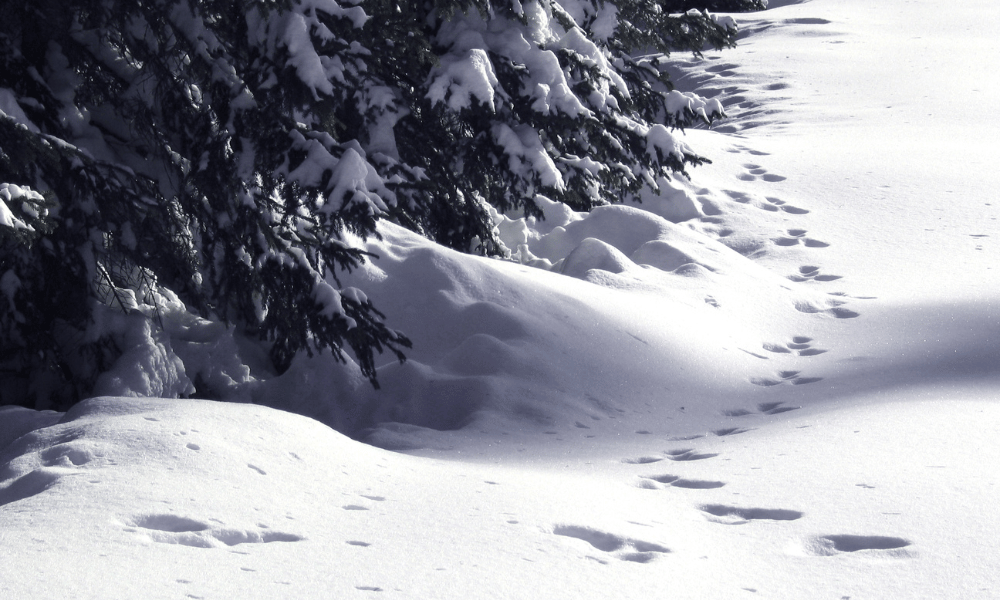
But what exactly is the Yeti? Some believe it to be a physical creature, while others see it as a spiritual or supernatural being. In some cultures, the Yeti is revered as a protector of the mountains and the natural world.
Numerous expeditions have been launched in search of evidence of the Yeti's existence, with some yielding intriguing results. In the 1920s, mountaineer Eric Shipton took a photograph of a large, humanoid footprint in the snow near Mount Everest, which he attributed to the Yeti. In 1951, Shipton and his team found more large footprints, and in 1954, British mountaineer Tom Bourdillon and scientist Charles Howard-Bury discovered hair samples in the Himalayas that they believed could be from the Yeti.
Despite these findings, DNA analysis of the samples has not provided conclusive evidence of the creature's existence. In 2017, a team of researchers led by geneticist Bryan Sykes analyzed hair samples that were claimed to be from the Yeti but found they came from known animals such as Tibetan brown bears.
So, is the Yeti real, or just a myth? While there's no concrete evidence, the mystery surrounding the creature continues to capture the imagination of people around the world. Encounters with the Yeti have been reported by some individuals, adding to the intrigue and excitement of the legend.
Whether you believe in the Yeti or not, the stories and folklore surrounding this mysterious creature make for a thrilling adventure. So, next time you're hiking through the mountains, keep your eyes peeled for any signs of the Abominable Snowman - you never know what you might find!
Research Activities
Over the years, several research activities have been conducted and are still being conducted on Mount Everest to learn more about a wide range of topics, including;
-
Climate Change Studies:
Mount Everest is the tallest peak in the world above sea level and the crown jewel of the Himalayan range. As such, it has become a prime site for climate change research. The melting of glaciers and reduction in snow cover is a major concern for the region’s water resources and the livelihoods of the millions of people who live downstream.
Studies have also shown that rising temperatures are affecting the mountain’s ecology, with some species of plants and animals moving to higher elevations in search of cooler temperatures. Scientists use remote sensing technologies, such as satellite imagery and laser scanning, to monitor the changes in snow and ice cover. This data is then used to study how climate change is impacting the region and to develop strategies to mitigate its effects.

-
High-Altitude Physiology:
High-altitude physiology is a specialized field of study that focuses on how the body adapts to low-oxygen environments. Climbers who ascend to the summit of Mount Everest experience hypoxia, a condition where there is not enough oxygen in the blood. This can cause a range of symptoms, from mild headaches and fatigue to life-threatening conditions such as pulmonary and cerebral edema. Researchers study climbers and the local Sherpa population to better understand how the human body adapts to these extreme environments. This research has led to the development of treatments for altitude sickness and the design of specialized equipment to help climbers cope with the lack of oxygen at high elevations.
-
Geology and Plate Tectonics
Mount Everes6 is part of the Himalayan mountain range, which was formed by the collision of the Indian and Eurasian tectonic plates. Geologists study the mountain to better understand the forces that created it and the ongoing tectonic activity in the region. They analyze the rocks, minerals, and fossils found on the mountain to learn about its geological history. They also study the earthquake activity in this region which helps scientists better understand the seismic hazards in the region and develop strategies for mitigating their effects.
-
Environmental Pollution:
The increasing number of climbers attempting to summit Mount Everest has led to environmental concerns, including pollution caused by human waste, discarded climbing gear, and other debris. Researchers work with local communities to develop sustainable tourism practices that benefit the environment and the local economy. With joint efforts from national and international organizations, multiple mountain cleanup programs are underway to minimize the impact of human activities on fragile high-altitude ecosystems.
-
Glaciology:
Mount Everest is home to several glaciers, including the Khumbu Glacier and the West Rongbuk Glacier. These glaciers are important sources of water for the region, and their melting has far-reaching implications for the millions of people who live downstream. Glaciologists study the behavior of these glaciers to better understand how they are changing and to predict future changes. Studying the glaciers is critical for understanding the effects of climate change on the region’s water resources and also for predicting potentially deadly natural disasters like glacial lake outburst floods.
Conclusion
Mount Everest is one of the most fascinating and challenging mountains in the world. Its sheer size and unpredictable weather conditions make it a feat for even the most experienced mountaineers. Yet, despite the danger, thousands of people flock to the mountain each year to attempt the climb.
Throughout history, Mount Everest has been the subject of many fascinating facts and insights. From the first successful climb by Sir Edmund Hillary and Tenzing Norgay in 1953 to the tragic events of the 1996 climbing season, the mountain has captured the world's attention.
As we learn more about Mount Everest and its significance, it is essential to remember to respect the mountain and the environment around it. The local communities who call the region home have a deep connection to the mountain and its surroundings, and it's crucial that we respect their traditions and way of life.
In conclusion, Mount Everest is a unique and awe-inspiring mountain that continues to fascinate people around the world. As we continue to learn more about this incredible natural wonder, let's remember to appreciate its significance in the world of mountaineering, geography, and culture, and to treat it and the surrounding environment with the respect they deserve.





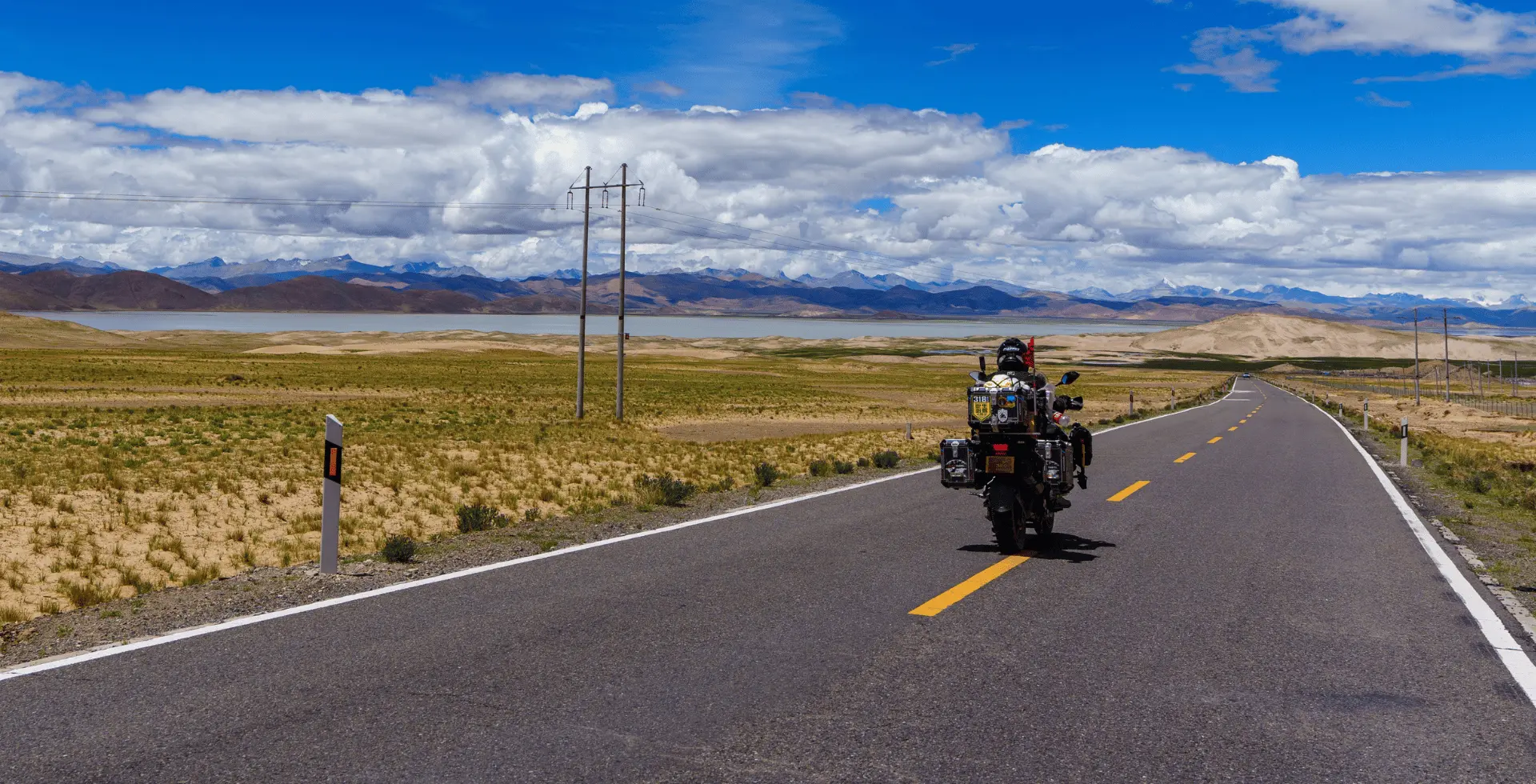
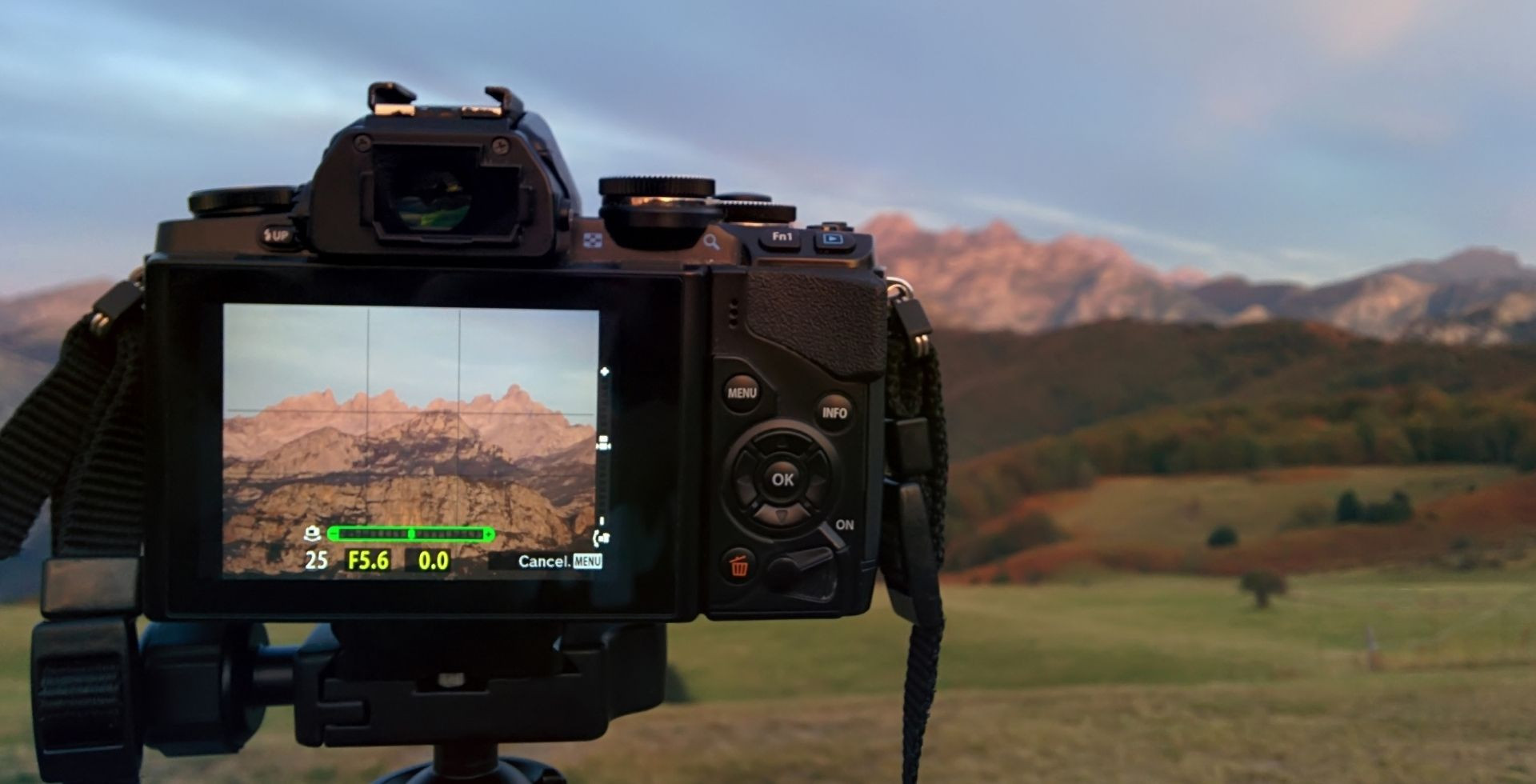

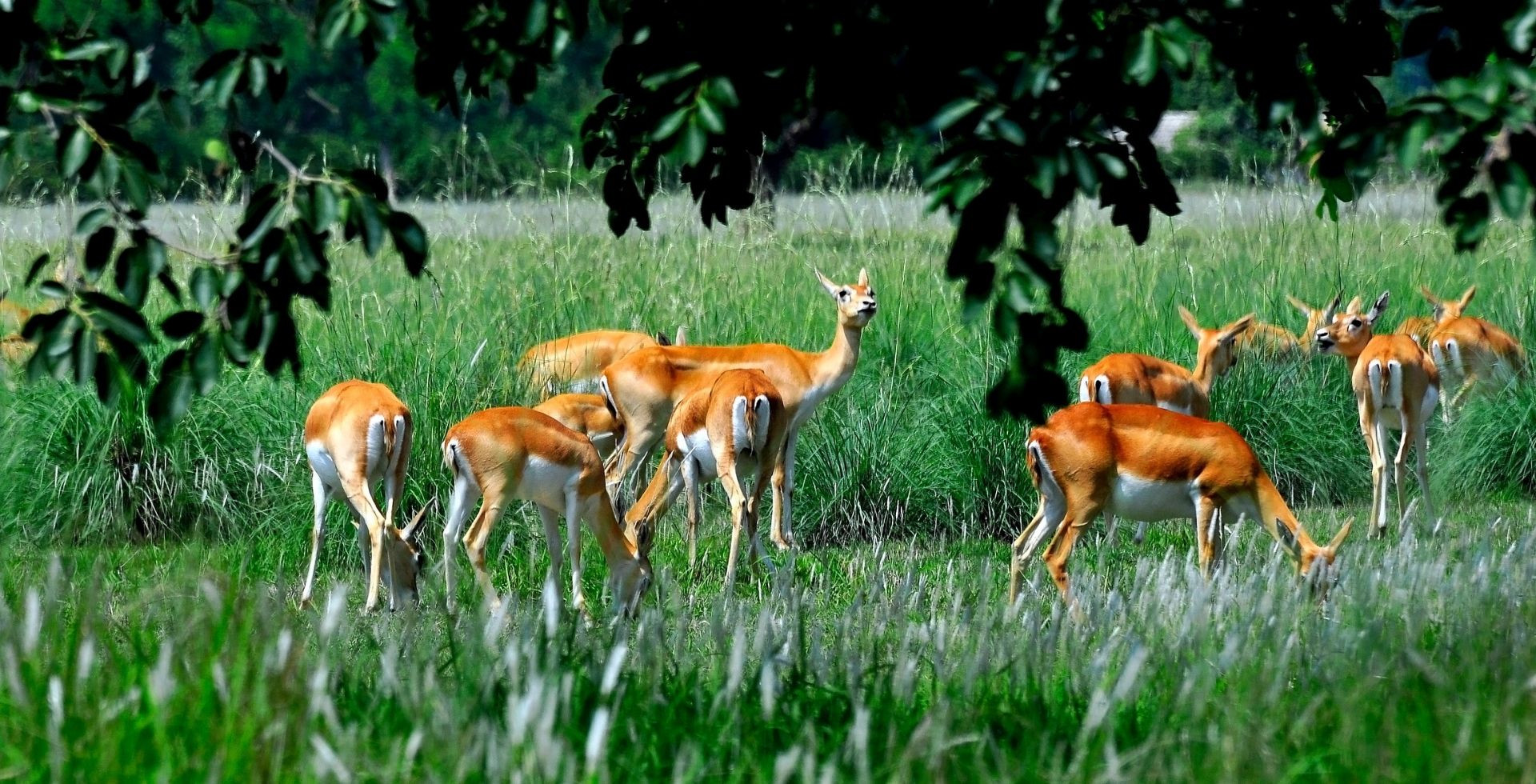
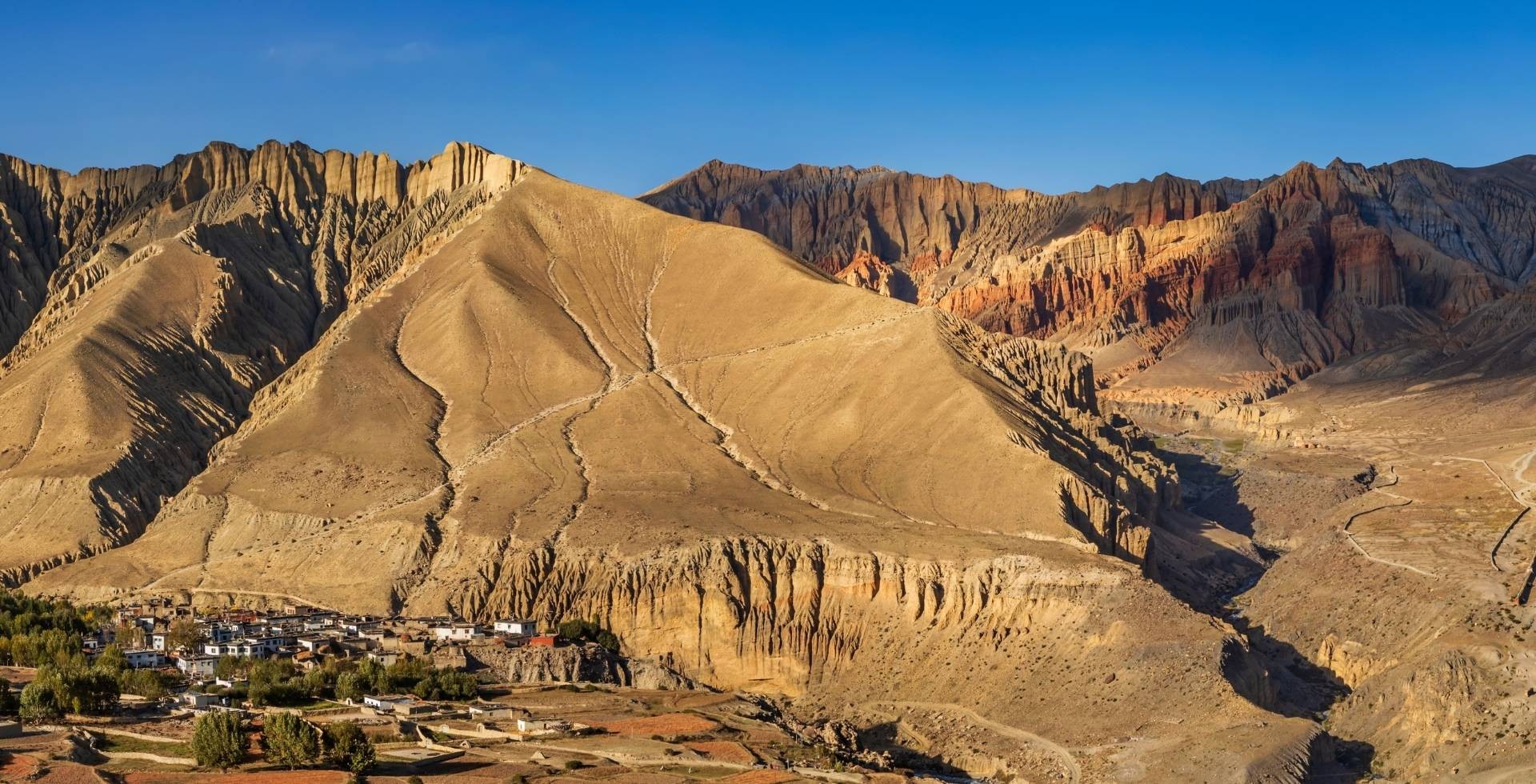

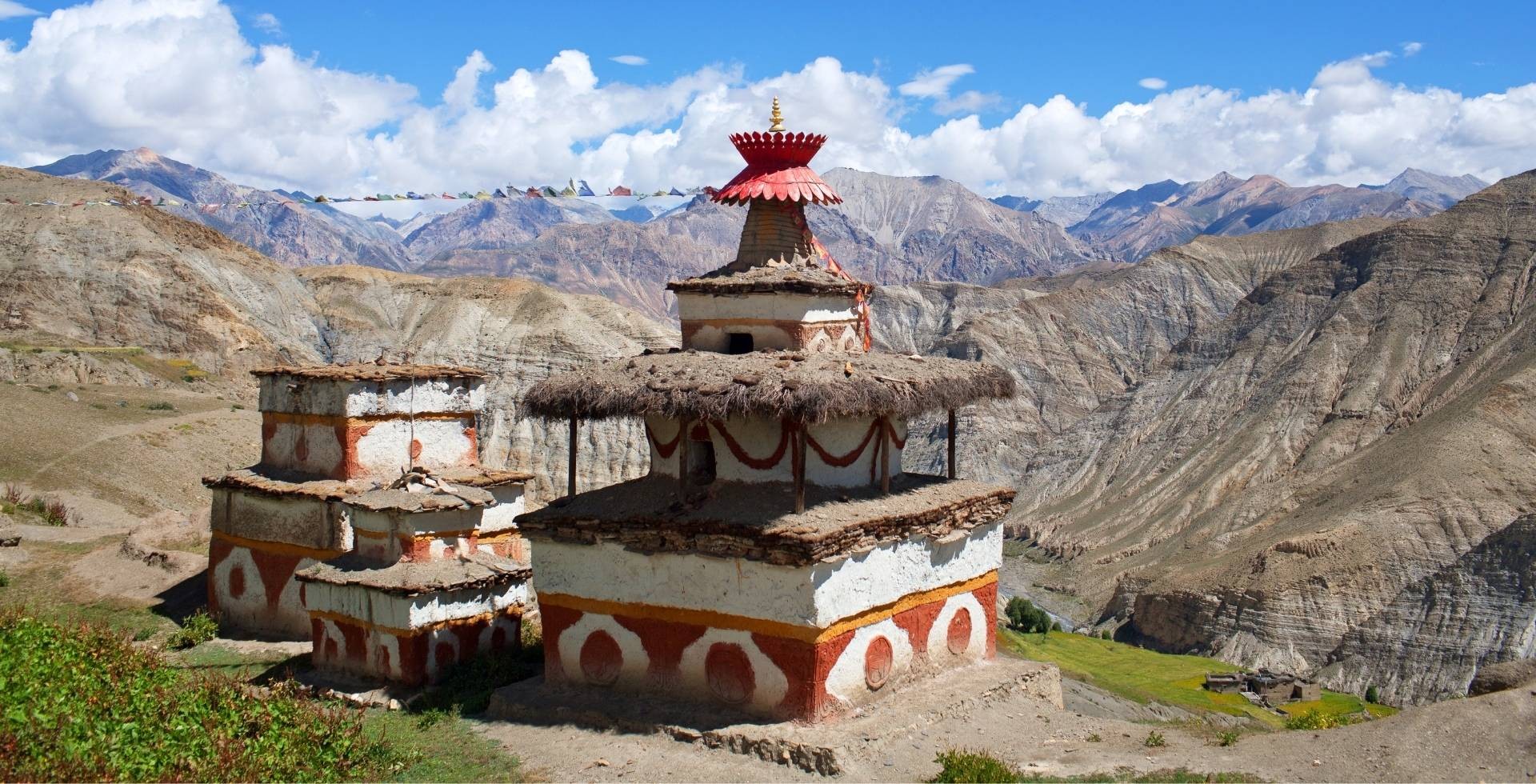
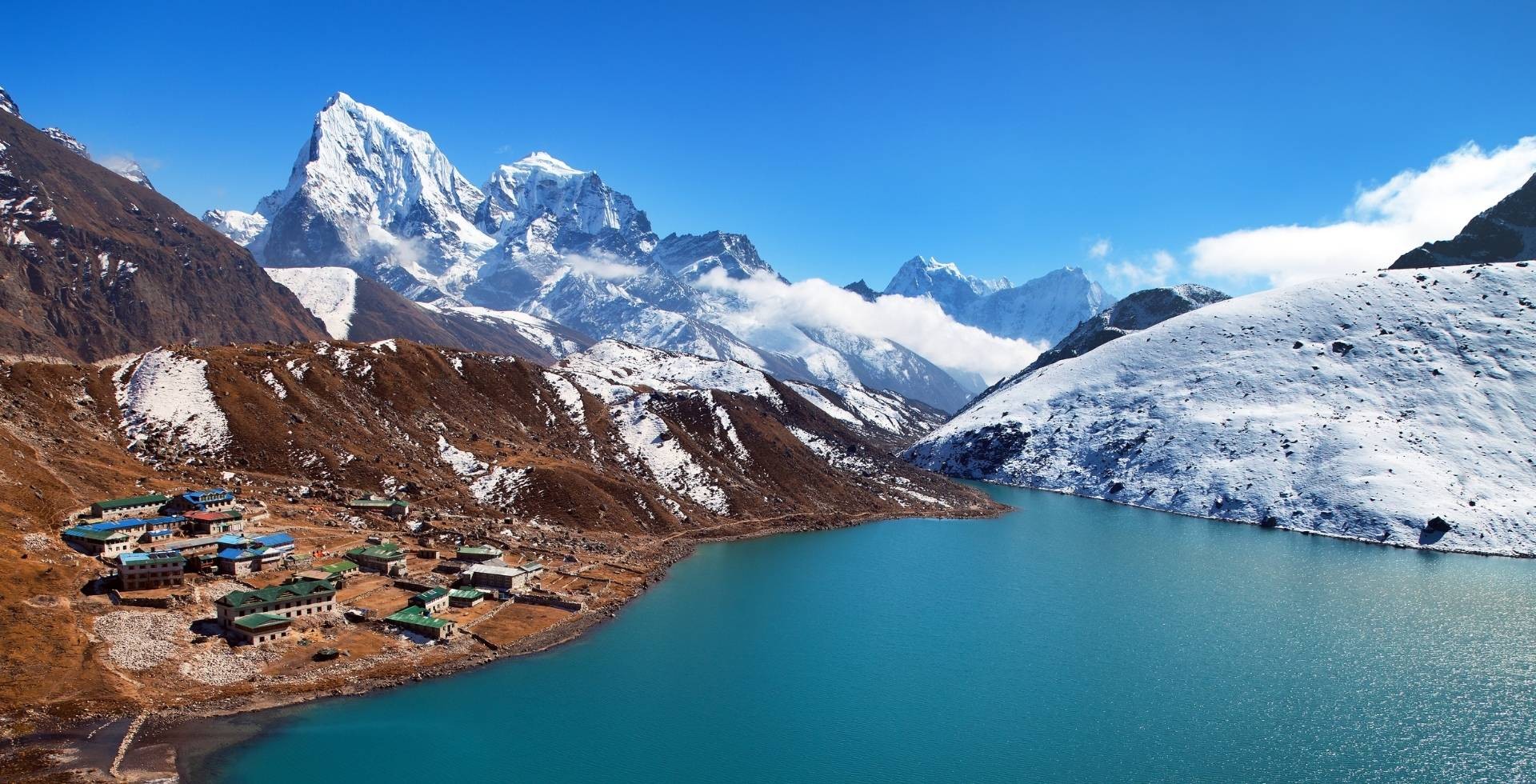

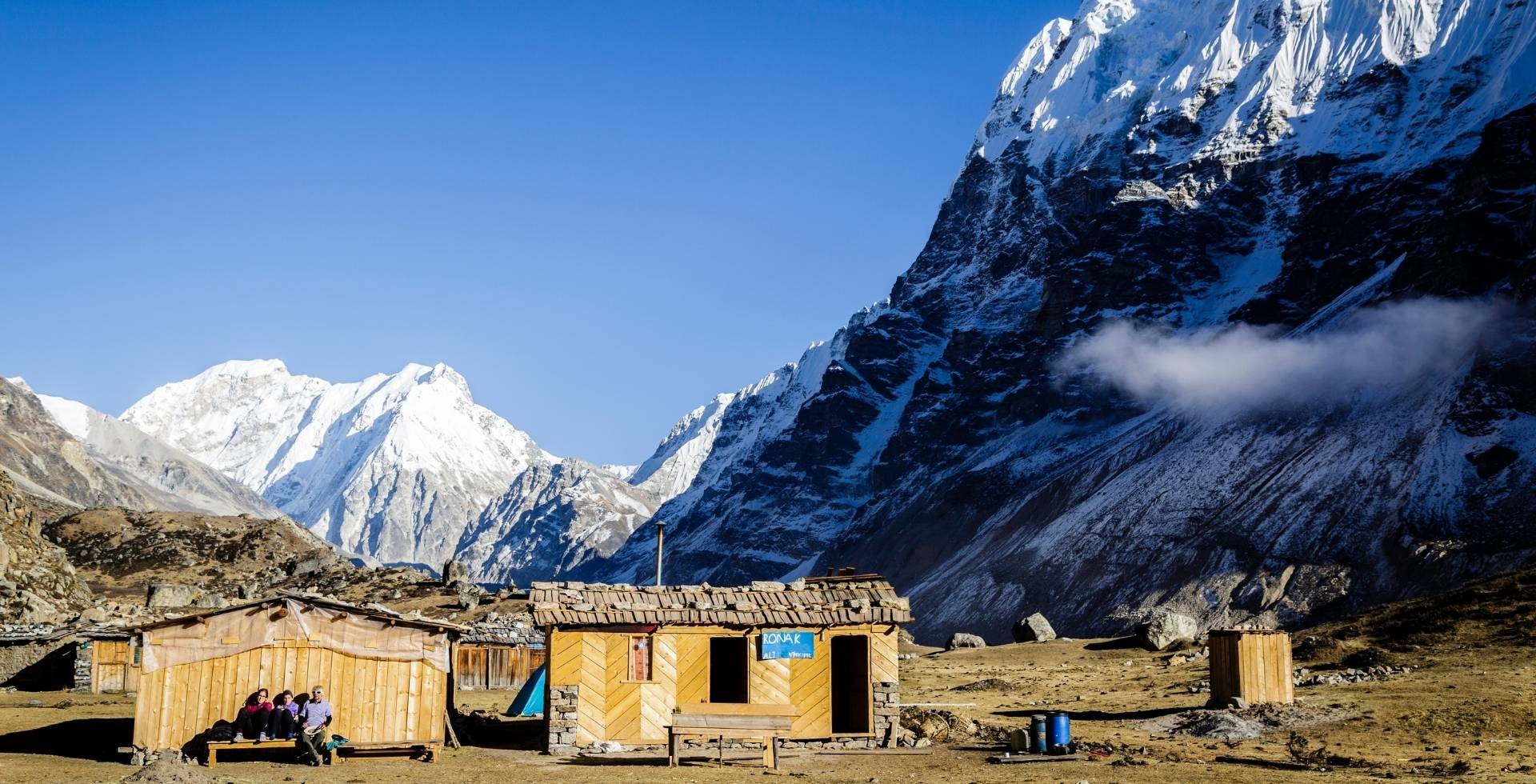
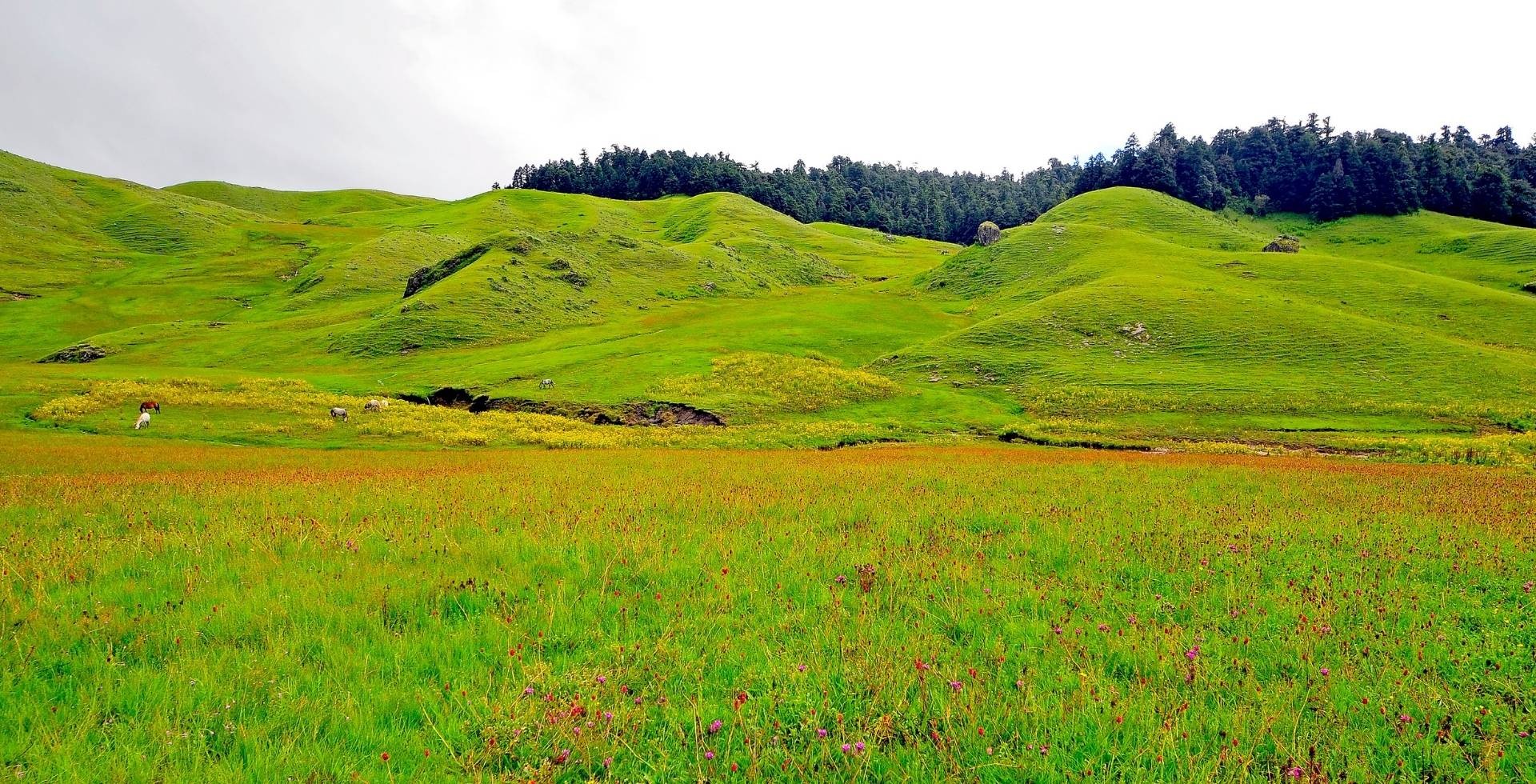
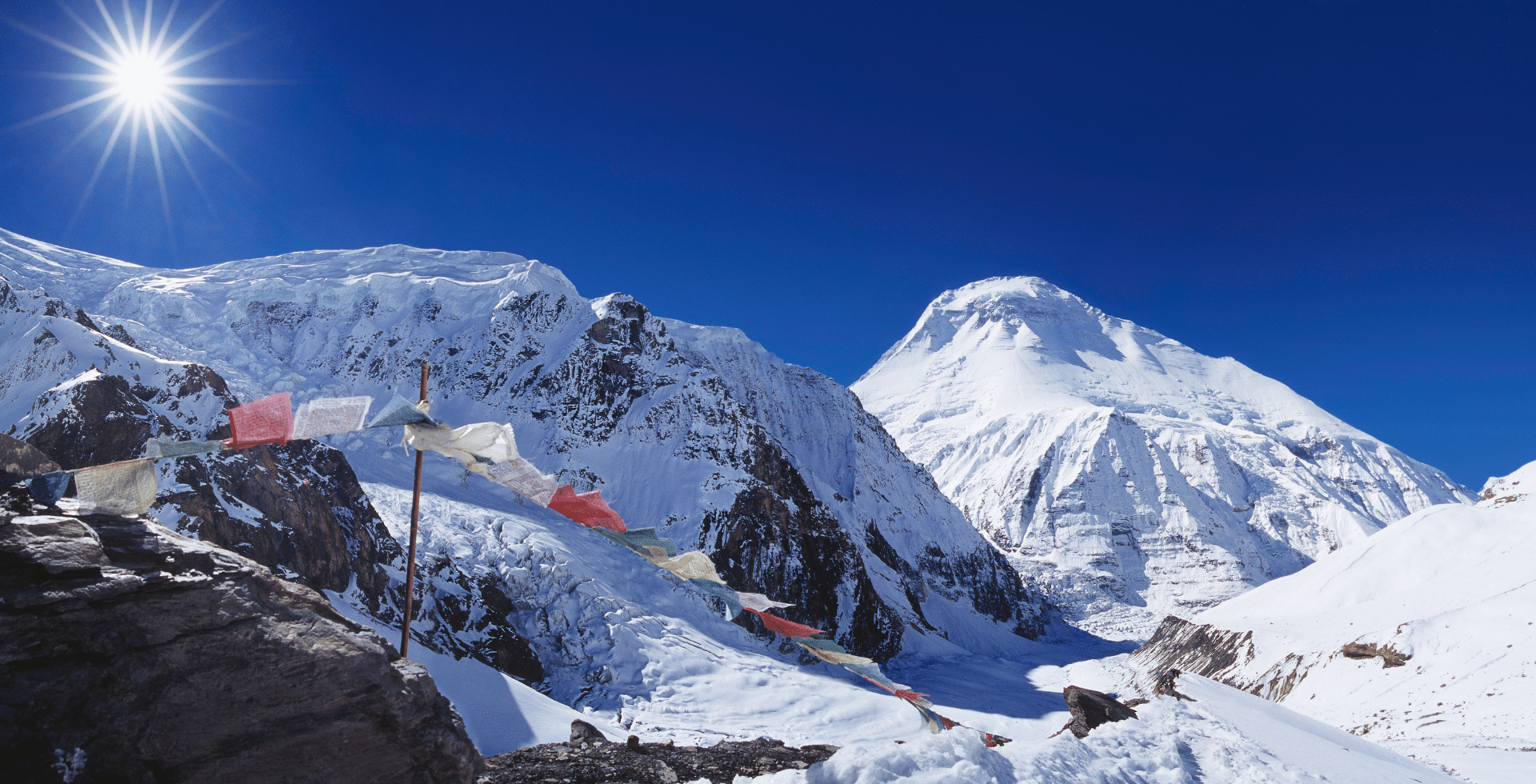

 Karuna Bhattarai
Karuna Bhattarai